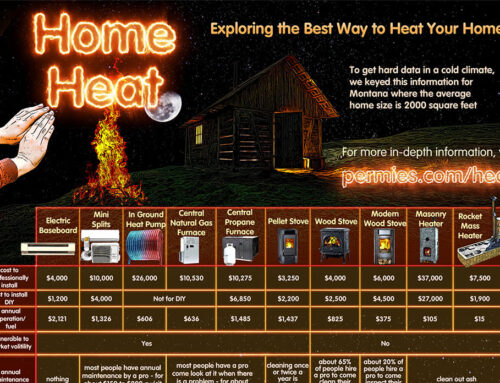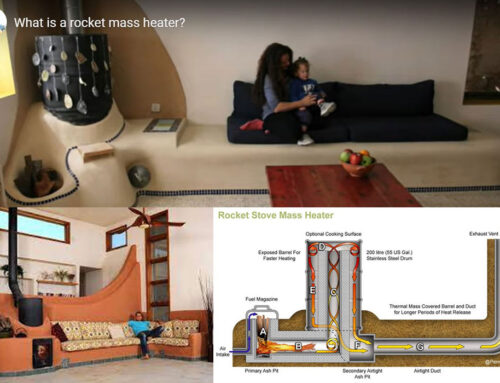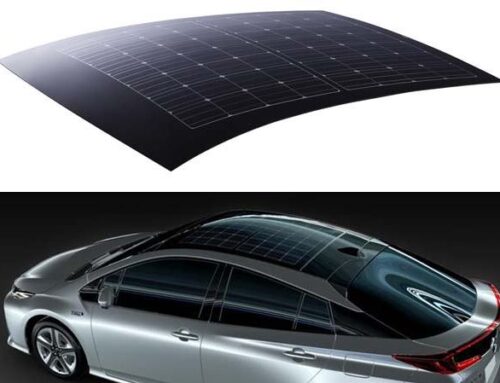When everyone is using power at the same time, it is very expensive to produce that power. Investor-owned utilities pass this expense onto ratepayers in the form of Time-of-Use (TOU) rate schedules. Mandated by the California Public Utilities Commission, TOU rates encourage consumers to change their behavior to save both energy and money, which translates into efficiency benefits for the industry as a whole.
Proven successful through several pilot programs in California, the TOU pricing scheme is designed to reduce the demand for peak electricity by charging higher rates during peak-use periods of the day and lower rates during off peak hours.
By 2020, 22.5 million of California’s residential electric utility customers will be on TOU rates by default.
How can consumers benefit from time-of-use (TOU) rates? Customers can take advantage of lower priced electricity and more renewable energy availability during off-peak periods. Here’s a local case study on how leveraging TOU saves money.
Andre Ramirez, of Southern California Edison states it simply: “TOU empowers customers, and if they shift their usage to lower-cost time periods when solar and wind are abundant, they will not only lower their bills, they will also use cleaner energy.”[1]
How can consumers shift their energy use to off-peak times (peak times are typically between 4-9pm or 3-8pm for PG&E customers)? One easy way is to use energy-intensive appliances such as ovens, laundry machines, dishwashers, and pumps for landscape irrigation anytime other than afternoon or evening. For more tips on shifting energy use for TOU rates, visit SmartGrid’s website.[2]




